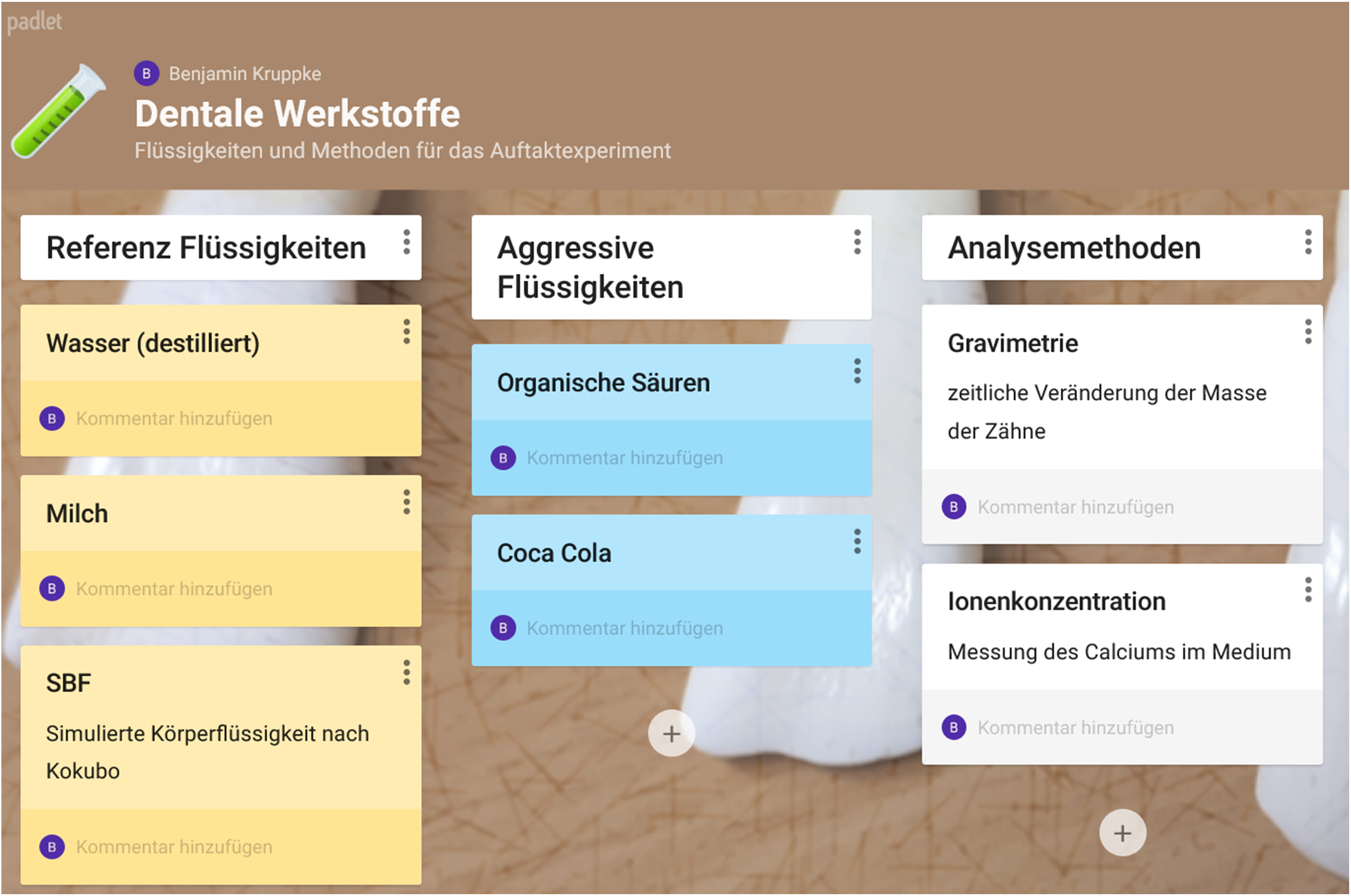It's all in the mix - Asynchronous, synchronous, inverted.. from annotating of presentation slides to the experiment
DOI:
https://doi.org/10.25369/ll.v1i1/2.2Abstract
The transfer of conventional face-to-face teaching into the digital space usually requires an assessment of the learning objectives as well as the methods used owing to the changed technical boundary conditions. In this context, the experiences of the transition to asynchronously provided audio annotated PowerPoint presentations and a three-part lecture concept, which was subsequently implemented on a test basis, were reflected upon. This three-part concept combines 1.) asynchronous lectures with annotated presentations, 2.) synchronous lectures with "conventional" explanations of prepared presentation slides as web meetings and 3.) lectures according to the inverted classroom principle. The evaluation of these different lecture types by one and the same group of students showed a self-critical perception of the inverted classroom as a suitable element for independent, semester-accompanying and profound engagement with the course content. Furthermore, the adaptation of an experimental lecture in the digital space proved the importance of audience response systems to support student perception of actively influencing the lecture and experiments.
Downloads
References
A. Roehl, S.L. Reddy, G.J. Shannon, The Flipped Classroom: An Opportunity To Engage Millennial Students Through Active Learning Strategies, J. Fam. Consum. Sci. 105 (2013) 44-49.
https://doi.org/10.14307/JFCS105.2.12
N.T.T. Thai, B. De Wever, M. Valcke, The impact of a flipped classroom design on learning performance in higher education: Looking for the best "blend" of lectures and guiding questions with feedback, Comput. Educ. 107 (2017) 113-126.
https://doi.org/10.1016/j.compedu.2017.01.003
M.J. Lage, G.J. Platt, M. Treglia, Inverting the classroom: A gateway to creating an inclusive learning environment, J. Econ. Educ. 31 (2000) 30-43.
https://doi.org/10.1080/00220480009596759
E.A. Van Vliet, J.C. Winnips, N. Brouwer, Flipped-class pedagogy enhances student metacognition and collaborative-learning strategies in higher education but effect does not persist, CBE Life Sci. Educ. 14 (2015) 1-10.
https://doi.org/10.1187/cbe.14-09-0141
J. Conklin, A Taxonomy for Learning, Teaching, and Assessing: A Revision of Bloom's Taxonomy of Educational Objectives, Educ. Horizons. 83 (2021) 154-159. http://www.jstor.org/stable/42926529.
B.S. Bloom, D.R. Krathwohl, B.B. Masia, Bloom taxonomy of educational objectives, in: Allyn and Bacon, Pearson Education, 1984.
B. Kruppke, Digital Experiments in Higher Education-A "How to" and "How It Went" for an Interactive Experiment Lecture on Dental Materials, Educ. Sci. 11 (2021) 190. https://doi.org/10.3390/educsci11040190.
https://doi.org/10.3390/educsci11040190
C. Klümper, J. Neunzehn, U. Wegmann, B. Kruppke, U. Joos, H.-P.H.P. Wiesmann, Development and evaluation of an internet-based blended-learning module in biomedicine for university applicants -- Education as a challenge for the future --, Head Face Med. 12 (2016) 1-8.
https://doi.org/10.1186/s13005-016-0112-2
R.H. Kay, A. LeSage, A strategic assessment of audience response systems used in higher education, Australas. J. Educ. Technol. 25 (2009) 235-249.
https://doi.org/10.14742/ajet.1152
F. Bry, V. Gehlen-Baum, A. Pohl, Promoting Awareness and Participation in Large Class Lectures: the Digital Backchannel Backstage, IADIS Int. Conf. e-Society 2011. (2011) 27-34. http://citeseerx.ist.psu.edu/viewdoc/summary?doi=10.1.1.225.7804.
D. DeWitt, N. Alias, Z. Ibrahim, N.K. Shing, S.M.M. Rashid, Design of a Learning Module for the Deaf in a Higher Education Institution Using Padlet, Procedia - Soc. Behav. Sci. 176 (2015) 220-226.
https://doi.org/10.1016/j.sbspro.2015.01.464
D. Dewitt, N. Alias, S. Siraj, Collaborative learning: Interactive debates using Padlet in a higher education institution, Turkish Online J. Educ. Technol. 2015 (2015) 88-95.
K.C. Good, Audience Response Systems in higher education courses: A critical review of the literature, Int. J. Instr. Technol. Distance Learn. 10 (2013) 23-38.
R. Wood, S. Shirazi, A systematic review of audience response systems for teaching and learning in higher education: The student experience, Comput. Educ. 153 (2020) 103896.
https://doi.org/10.1016/j.compedu.2020.103896
S. Cardall, E. Krupat, M. Ulrich, Live Lecture Versus Video-Recorded Lecture: Are Students Voting With Their Feet?, Acad. Med. 83 (2008) 1174-1178.
https://doi.org/10.1097/ACM.0b013e31818c6902
A. Karnad, Student use of recorded lectures, London, 2013. http://eprints.lse.ac.uk/50929/1/Karnad_Student_use_recorded_2013_author.pdf.
D.C. Simcock, W.H. Chua, M. Hekman, M.T. Levin, S. Brown, A survey of first-year biology student opinions regarding live lectures and recorded lectures as learning tools, Adv. Physiol. Educ. 41 (2017) 69-76.


